12 secrets to the salvage look from stars Retrouvius
Salvage experts Maria Speake and Adam Hills explain how reclaiming the past can create a bright new future
Retrouvius founders Maria Speake and Adam Hills met as students while retrieving bed springs from a skip in Glasgow. Some 26 years later, they now rule the roost of the London salvage scene, with both a warehouse trove of reclaimed products and a design studio that specialises in refurbishing top-end properties using rescued materials in a modern context.
Here, they share the secrets behind making salvage work at home.
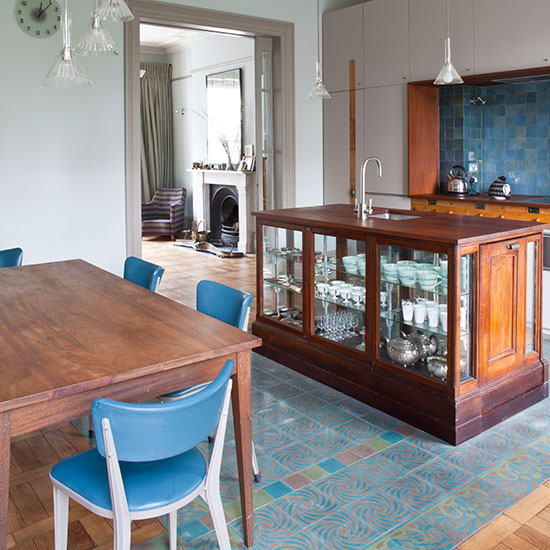
1. We both studied architecture at Glasgow School of Art and founded Retrouvius on graduating. Our focus began with heritage and has gradually shifted towards reuse. We started out by salvaging Georgian windows from one tenement building to reuse in another.
2. We have a zeal for saving well-made things from destruction. We also saw value in raw materials, irrespective of fashion or taste. While we were studying in Glasgow, as newcomers to the city, we were amazed by the quality of the Victorian housing stock that was being destroyed.
The craftsmanship far exceeded what we were familiar with in London.
3. We would define our look by originality, quality and the use of familiar materials in unexpected contexts. We always incorporate some form of salvage in our projects, but beyond that, our work covers a range of buildings - from 15th-century manor houses to a Seventies flat in the Barbican.
4. Our most extreme reclamation would have to be the concourse flooring of Heathrow Terminal 2. It took several years of tracking and then a huge amount of work to lift, palletise, store and then introduce the stone to market. The limestone is beautifully patterned with fossilised sea creatures and was part of the original Fifties design by Sir Frederick Gibberd. We saved 13 tonnes in total and have reused it in several of our design projects, including our own bathroom.
5. Iroko timber from science laboratories sells particularly well from our showroom - it's excellent as it is versatile and hard-wearing. Also lighting - we always have a wide selection in stock. By sourcing unusual, pretty glass pieces, often one-offs, we've been able to move away from the enamel factory lighting that is prevalent in most vintage stores.
6. Our top tip for incorporating reclaimed furniture or lighting is to work with materials you like and choose a builder with the right experience. When using vintage pieces, preserve the natural patina and mix with new buys to prevent the overall scheme looking shabby. We try to use materials in an unusual way and with different finishes;
the same pine boards might run throughout a refurb, but we'd treat them differently to suit each space.
Get the Ideal Home Newsletter
Sign up to our newsletter for style and decor inspiration, house makeovers, project advice and more.
7. At first, many contractors didn't get what we were doing and that we often wanted to keep the natural patina on materials.
This was a learning curve, but we now have a very reliable, brilliant team of builders, contractors and fitters.
8. Our breakthrough design project was the home of Sam Roddick, who founded Coco de Mer. She often visited the warehouse and bought pieces of stock for her home, so she really got reclamation and the joys of salvage.
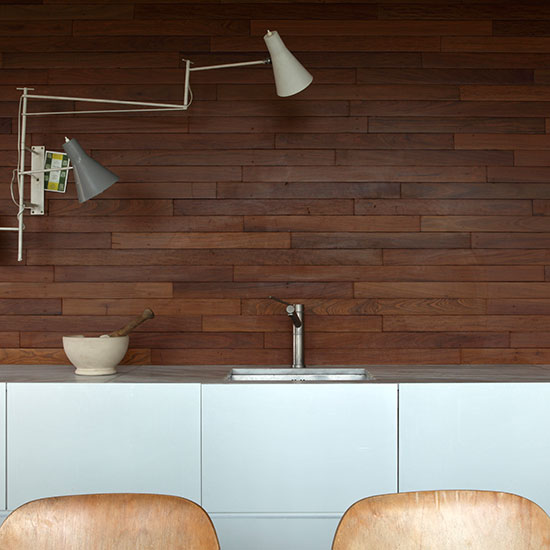
7. William Morris' Kelmscott Manor in Oxfordshire is a major inspiration. He's our design hero.
8. Often a piece of antique textile will inspire a project. And we are materials-led - a piece the client sees in our warehouse often kick-starts a design and informs the palette we carry through a scheme.
9. Our favourite thing is to use old materials in a modern manner. Take parquet, which can be laid in a variety of patterns, but needn't be limited to the floor. We clad a sliding wall with meranti parquet pieces. These came from a school assembly hall and we reused them vertically, hand-sanding each block before fixing.
10. To add colour, use antique textiles for inspiration and build up a scheme from there. Tiling expert Emery & Cie is a great colourist and we often source products there.
11. Our top money-saving tip? See what elements you can incorporate from the existing home, such as floorboards, and buy what you like instead of following trends. Remember that old, quality pieces don't drop in value the way newer items might. And never scrimp on structural alterations - these have the greatest impact on a refurbishment.
12. The joy of what we do at Retrouvius is that no two projects are the same. Over the years, it's not always obvious where salvage has been used in our schemes and we strive to come up with new approaches for each project - this means there is no way it can go out of fashion!
-
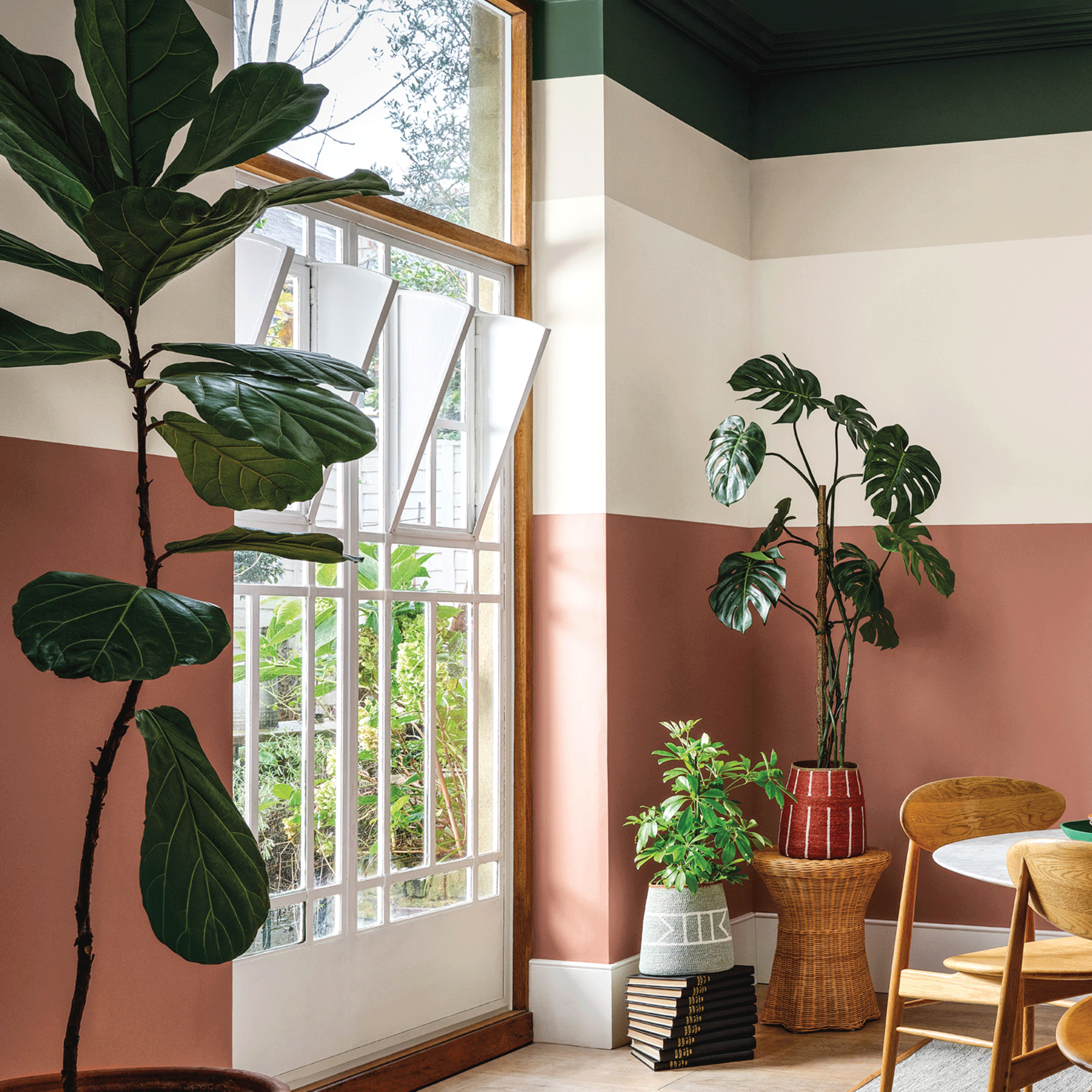 Crown Paint has launched new wall colours for the first time in three years, and changed how I think about neutral shades
Crown Paint has launched new wall colours for the first time in three years, and changed how I think about neutral shadesIs terracotta the ultimate neutral?
By Rebecca Knight
-
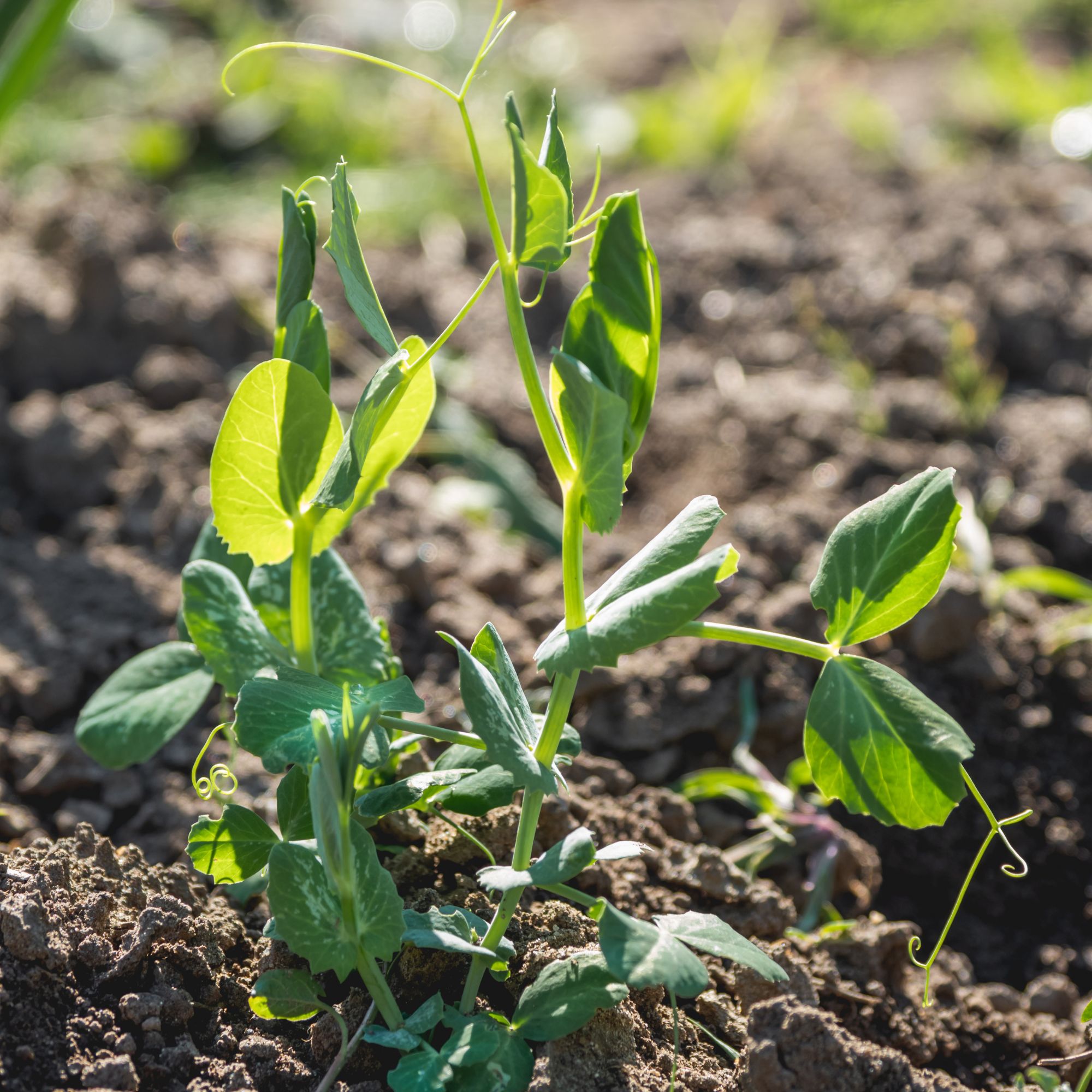 How to protect seedlings from birds – experts say there's a kind and clever way to stop them pecking
How to protect seedlings from birds – experts say there's a kind and clever way to stop them peckingYes, you can protect seedlings from birds without harming your feathered friends...
By Kayleigh Dray
-
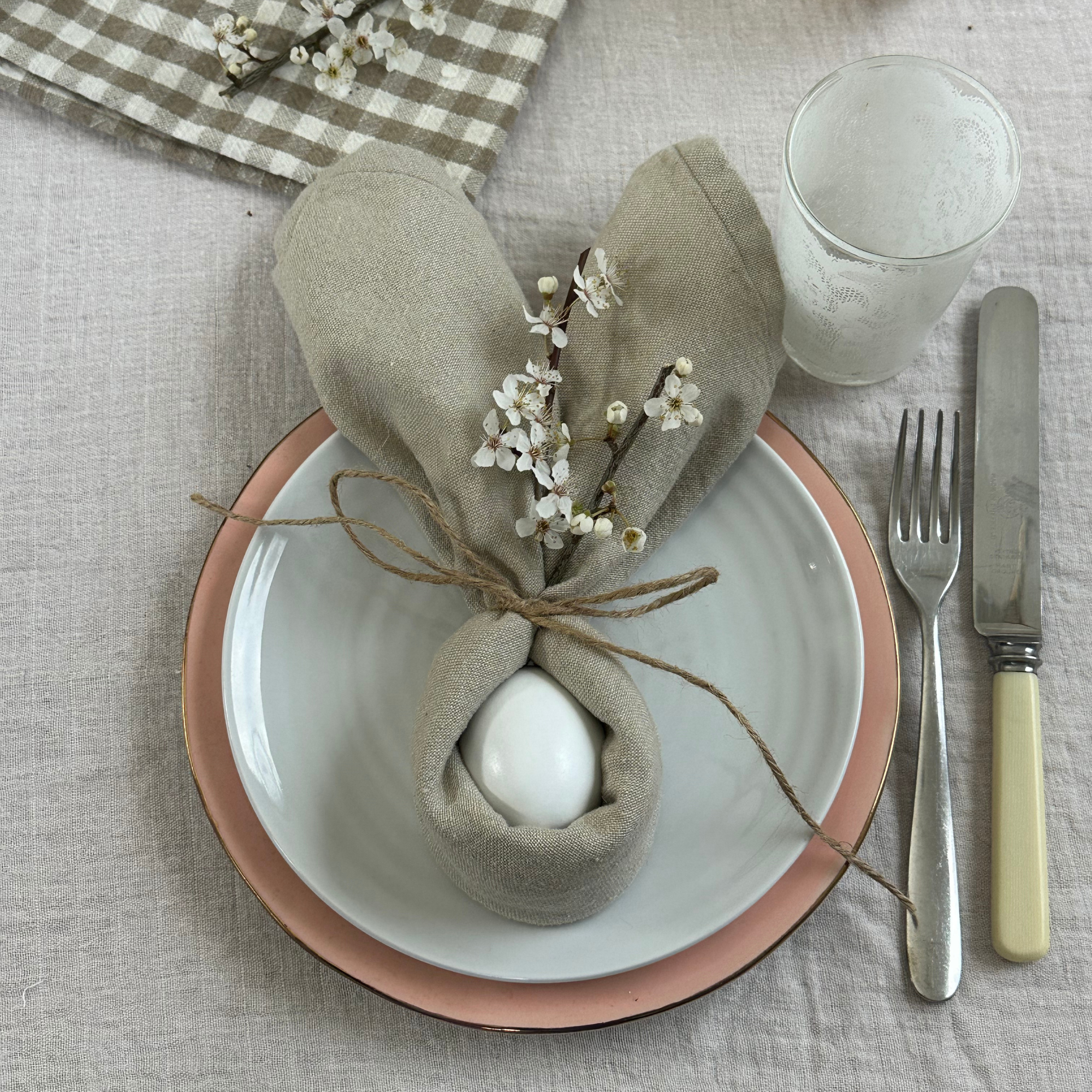 We tried the viral napkin bunny ears hack – it only takes five minutes and will take your Easter table to the next level
We tried the viral napkin bunny ears hack – it only takes five minutes and will take your Easter table to the next levelThis Easter craft is not only beautiful, but really easy to do
By Kezia Reynolds